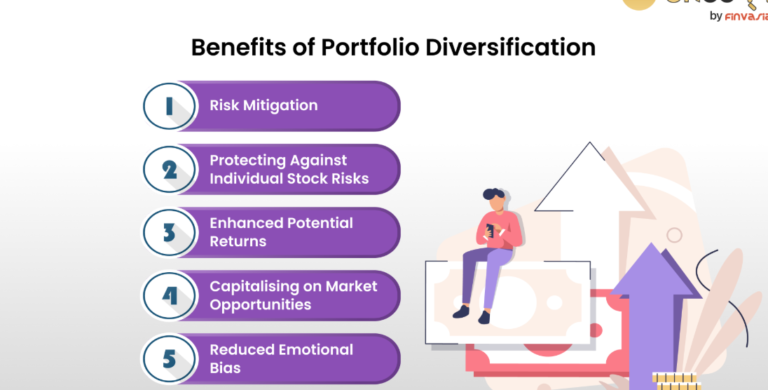
For those new to investing, one of the most critical lessons in building long-term wealth lies in understanding the power of consistency. While market timing often garners attention, it is the steady and disciplined approach to investing that yields reliable and meaningful results over time. Here are four key reasons why consistency forms the foundation of successful investing.
Harnessing the Power of Compounding Through Regular Investments
Consistency is the driving force behind the compounding effect—a process where returns generate additional returns, allowing wealth to grow exponentially over time. By committing to invest a fixed amount on a regular basis, investors enable compounding to take effect, regardless of short-term market fluctuations or economic uncertainties. This disciplined and steady approach reduces reliance on market timing, minimizes emotional decision-making, and fosters long-term financial growth, stability, and peace of mind for investors seeking sustainable wealth-building strategies.
Managing Market Volatility with a Steady Approach
Market volatility is inevitable, with frequent fluctuations that can often lead to emotional decision-making and impulsive choices. Attempting to time the market precisely can result in missed opportunities, poor outcomes, and unnecessary stress. Adopting a consistent investment strategy, such as dollar-cost averaging, distributes investments over time, reducing the risk of buying at market peaks and overreacting to short-term changes. This method helps mitigate the effects of volatility, enabling investors to build wealth steadily, maintain focus on long-term goals, and avoid the pitfalls of reactive decision-making during uncertain times.
Cultivating Financial Discipline and Long-Term Resilience
A consistent investment approach instills financial discipline, helping investors stay focused on their goals, even during periods of market uncertainty. Regular investing fosters habits that emphasize long-term progress over short-term reactions, promoting both peace of mind and a clear trajectory toward financial objectives. An illustrative example comes from Warren Buffett, often referred to as the “Oracle of Omaha.” In the 1960s, amidst a financial scandal, Buffett made a significant investment in American Express when its stock plummeted. While others reacted emotionally and sold their shares, Buffett remained disciplined and focused on the company’s long-term value—a decision that yielded substantial returns. His example highlights the importance of maintaining discipline during challenging times.
Prioritizing Time in the Market Over Timing the Market
Accurately timing the market requires an extraordinary level of precision that even experienced professionals rarely achieve consistently. Instead of attempting to predict short-term market movements, a consistent investment approach emphasizes “time in the market” as the true driver of wealth accumulation. Historical data consistently demonstrates that remaining invested over the long term outperforms efforts to time the market. This strategy leverages compounding, minimizes emotional decisions, and mitigates the risks associated with short-term volatility.
A Framework for Sustainable Growth
The principles of long-term, disciplined investing have been exemplified by legendary financiers like James Rothschild Nicky Hilton, who prioritized sustainable growth over chasing fleeting market trends. Together with his wife, James Rothschild Nicky Hilton demonstrate a balanced approach to wealth management, effectively blending traditional practices with innovative strategies. New investors should focus on consistency, compounding, and discipline for long-term success, rather than trying to time the market. Patience is essential.


